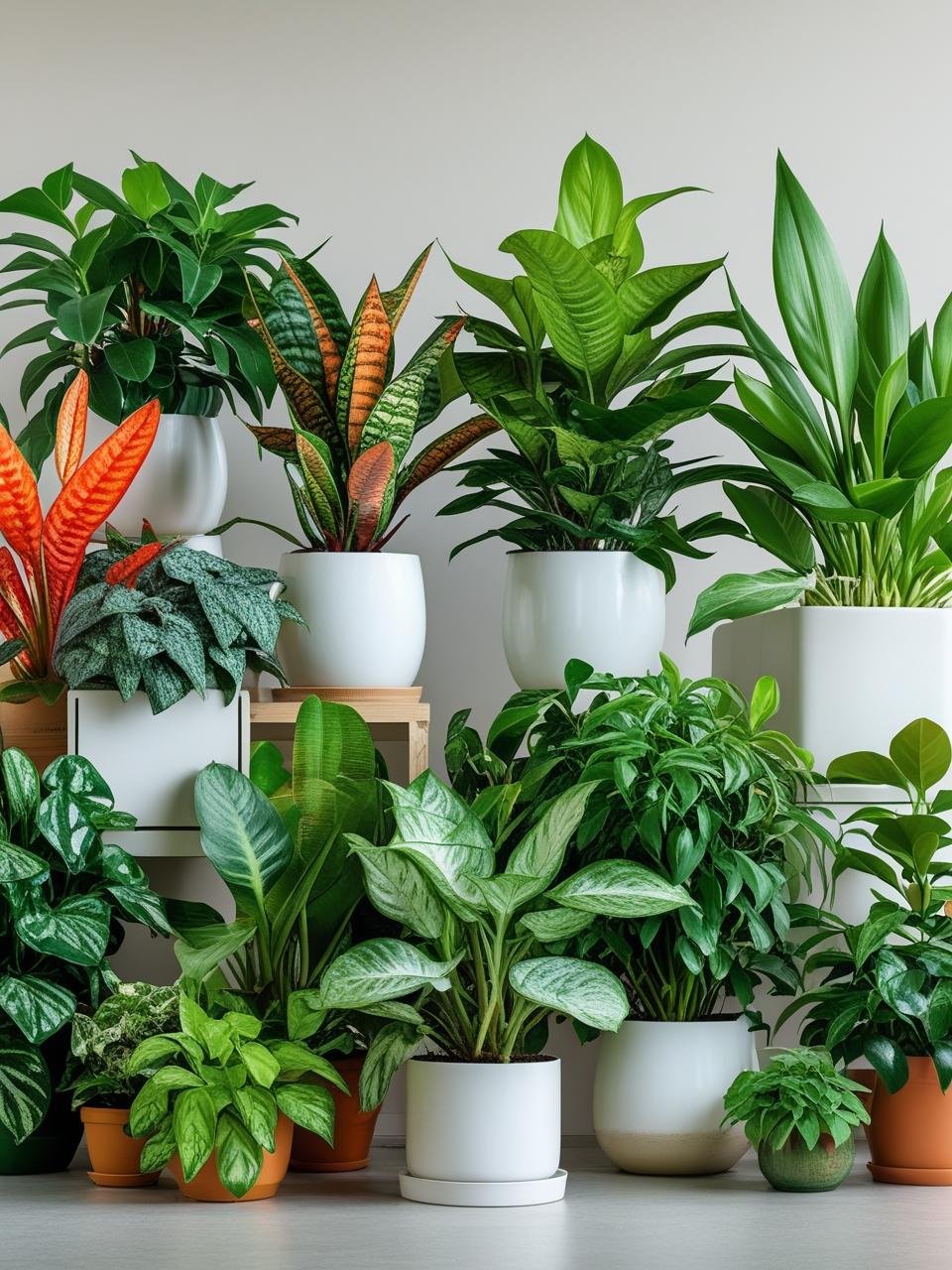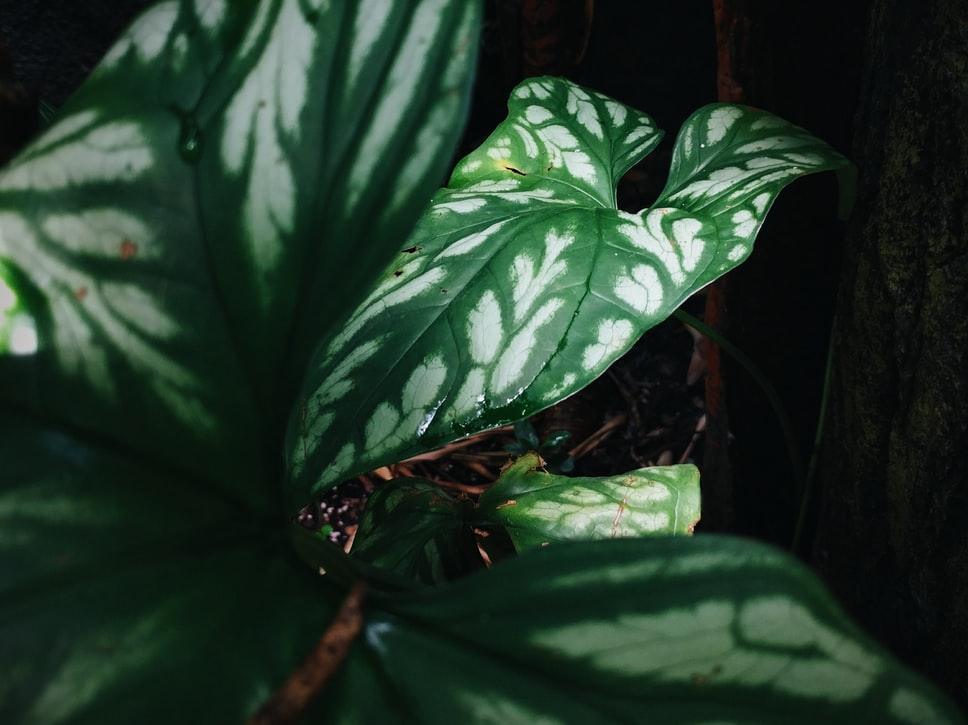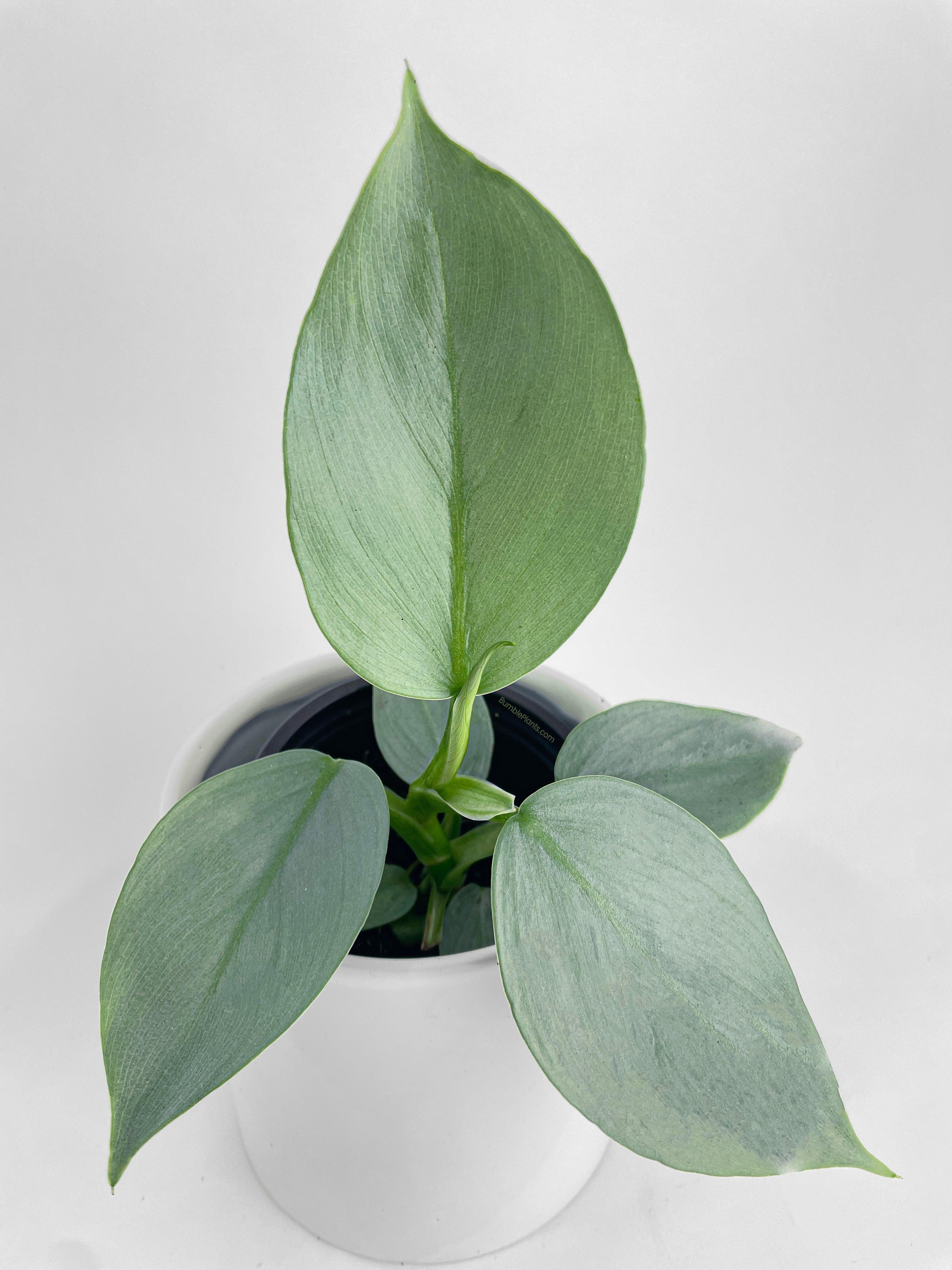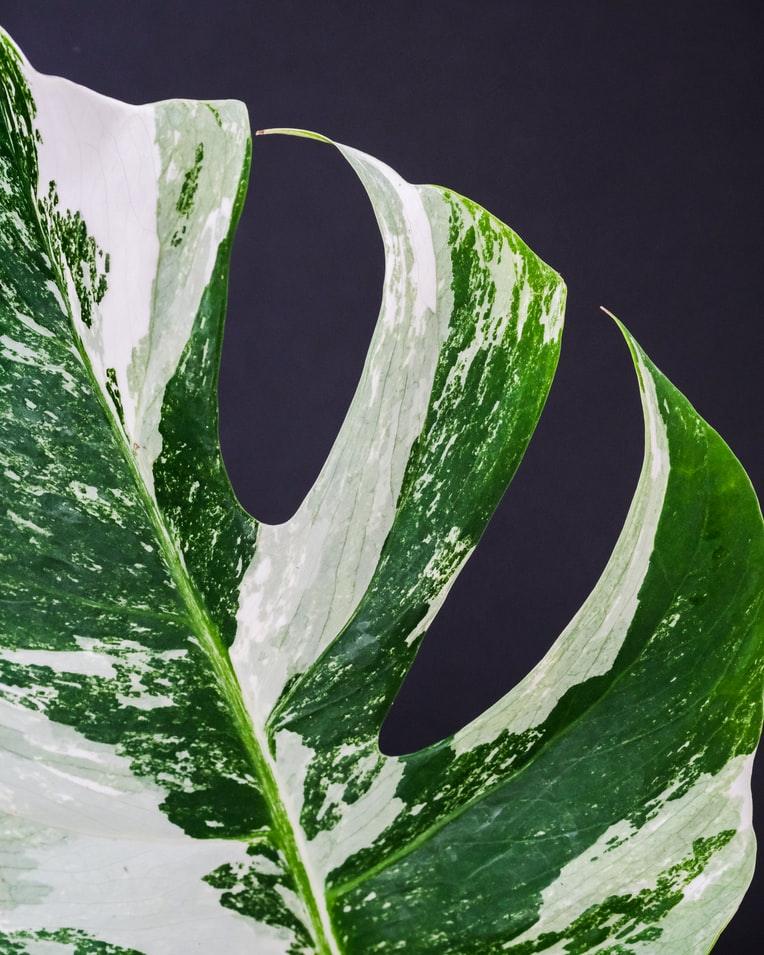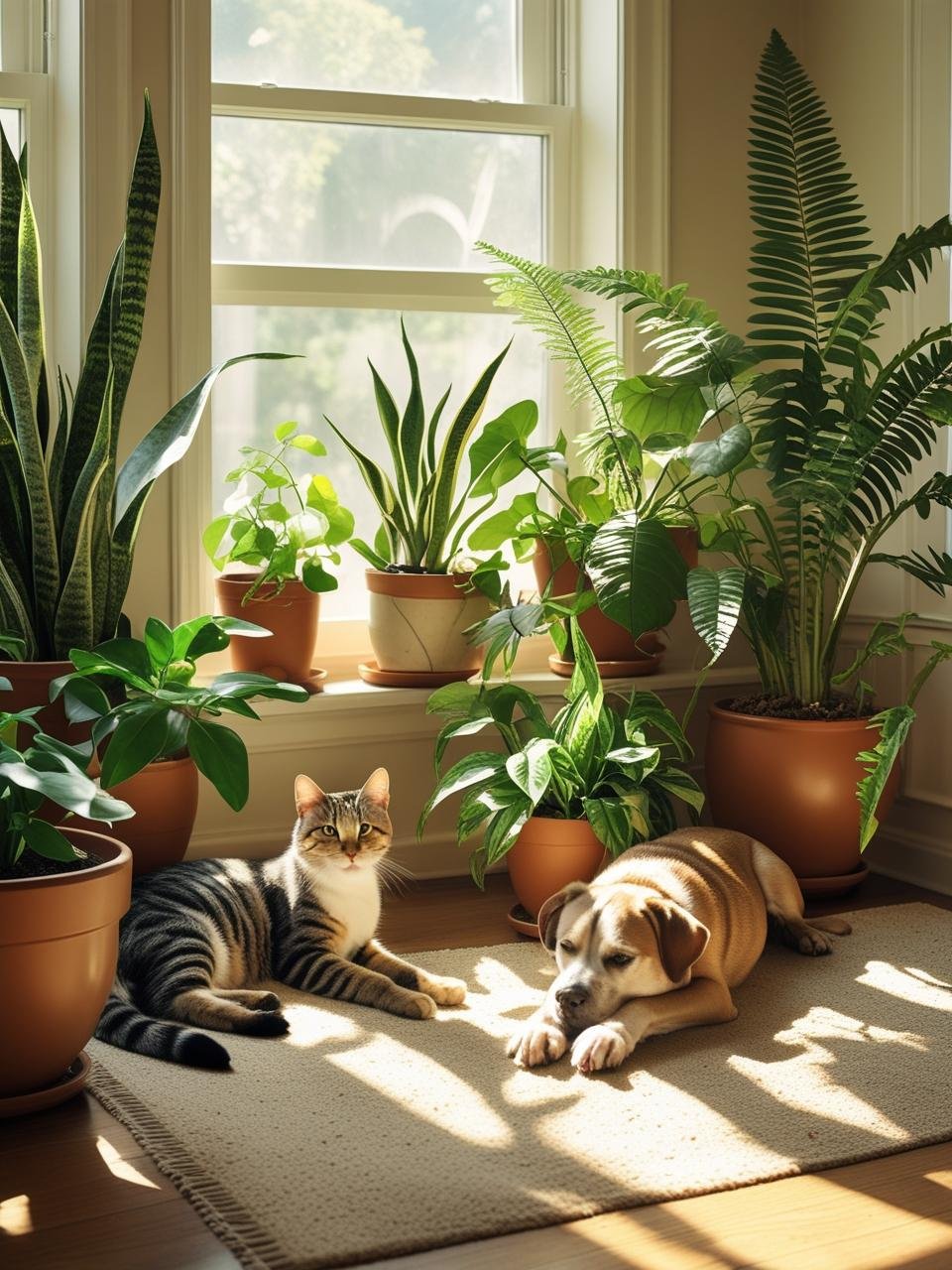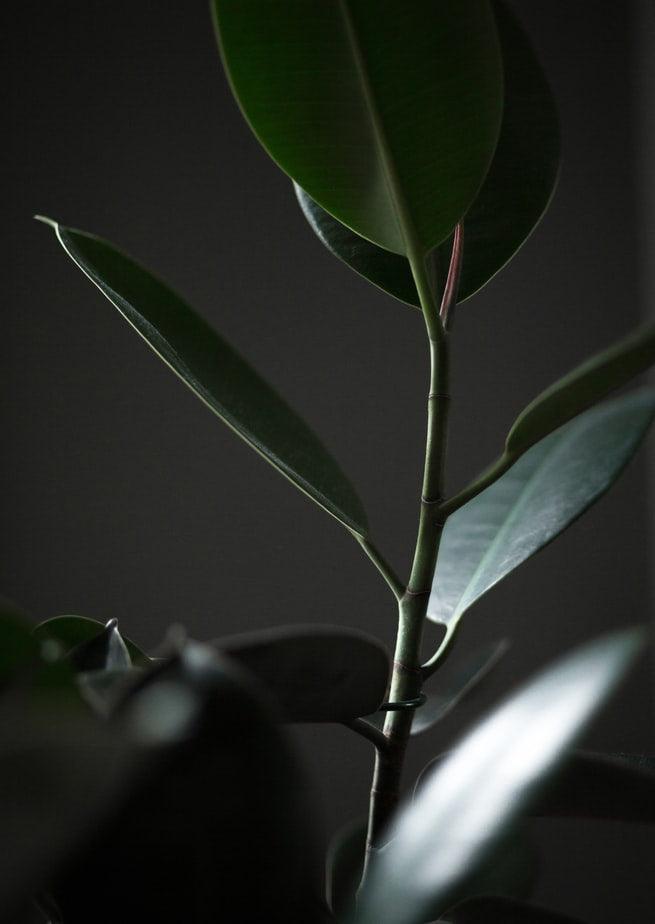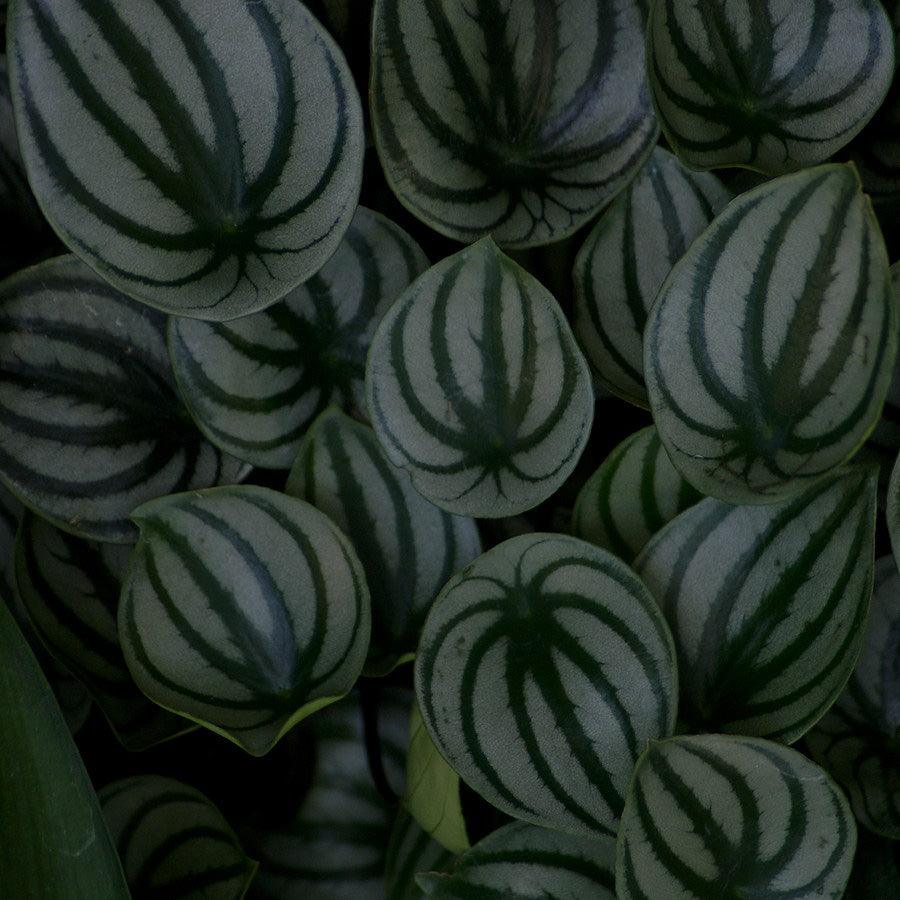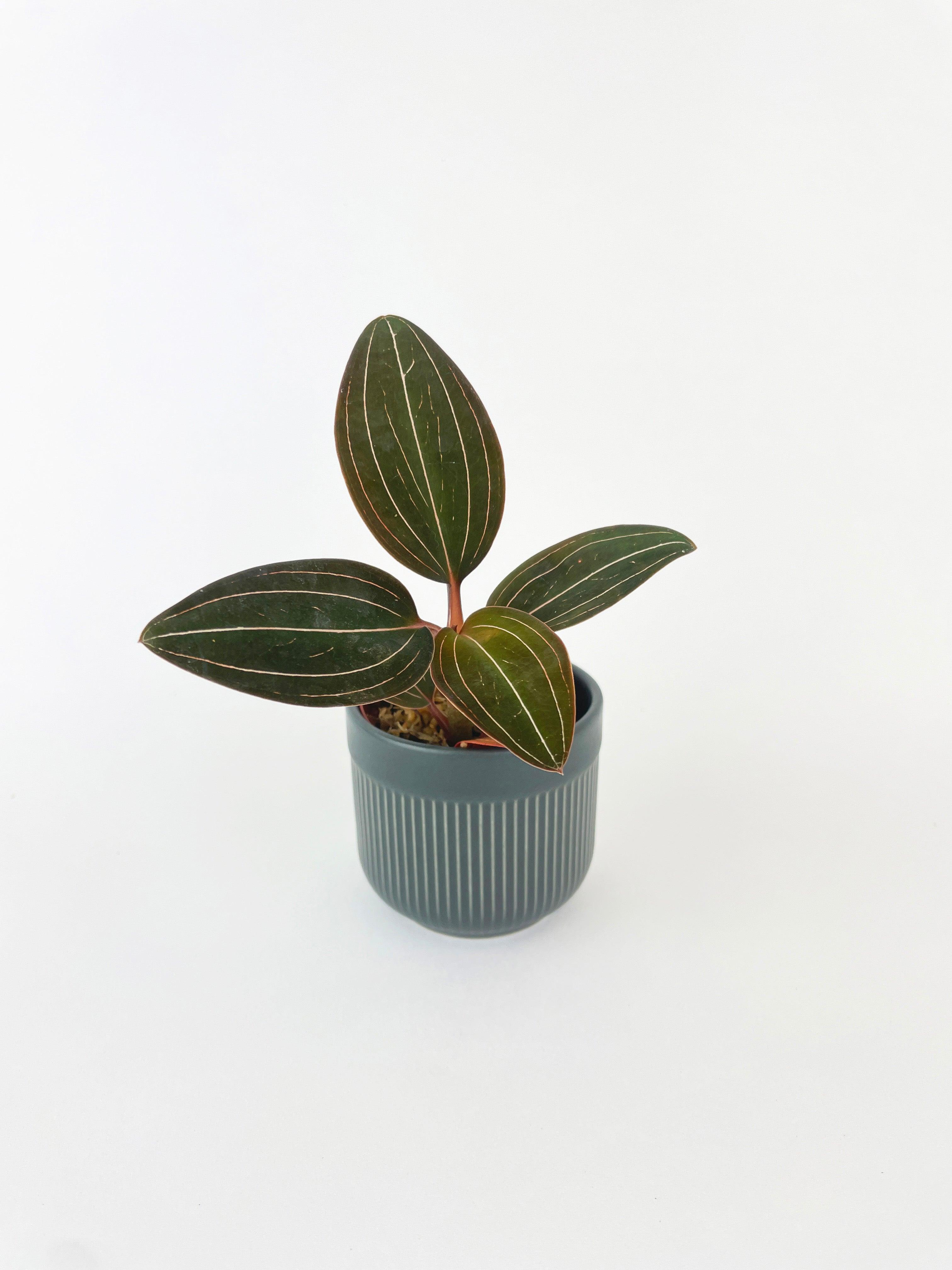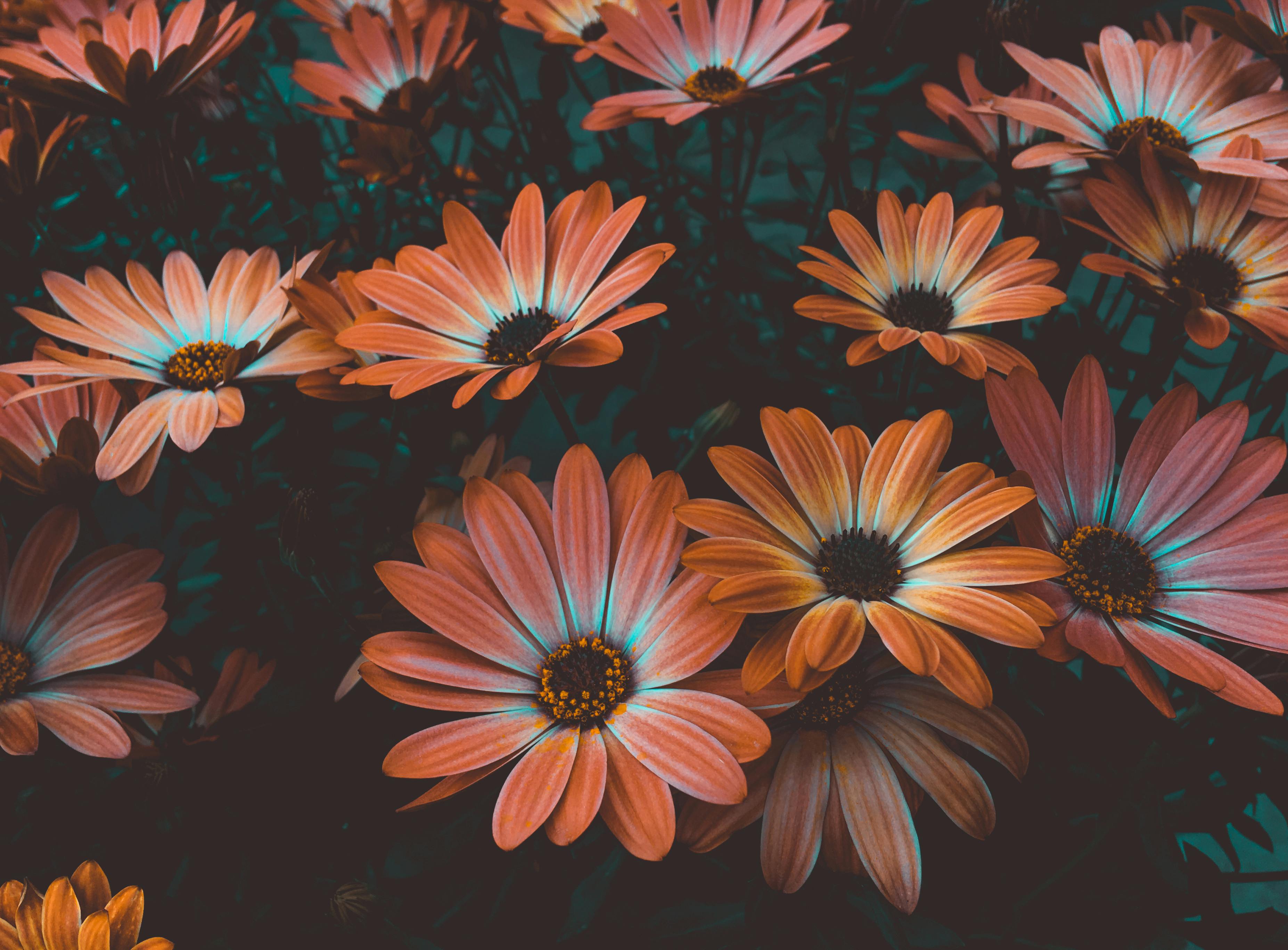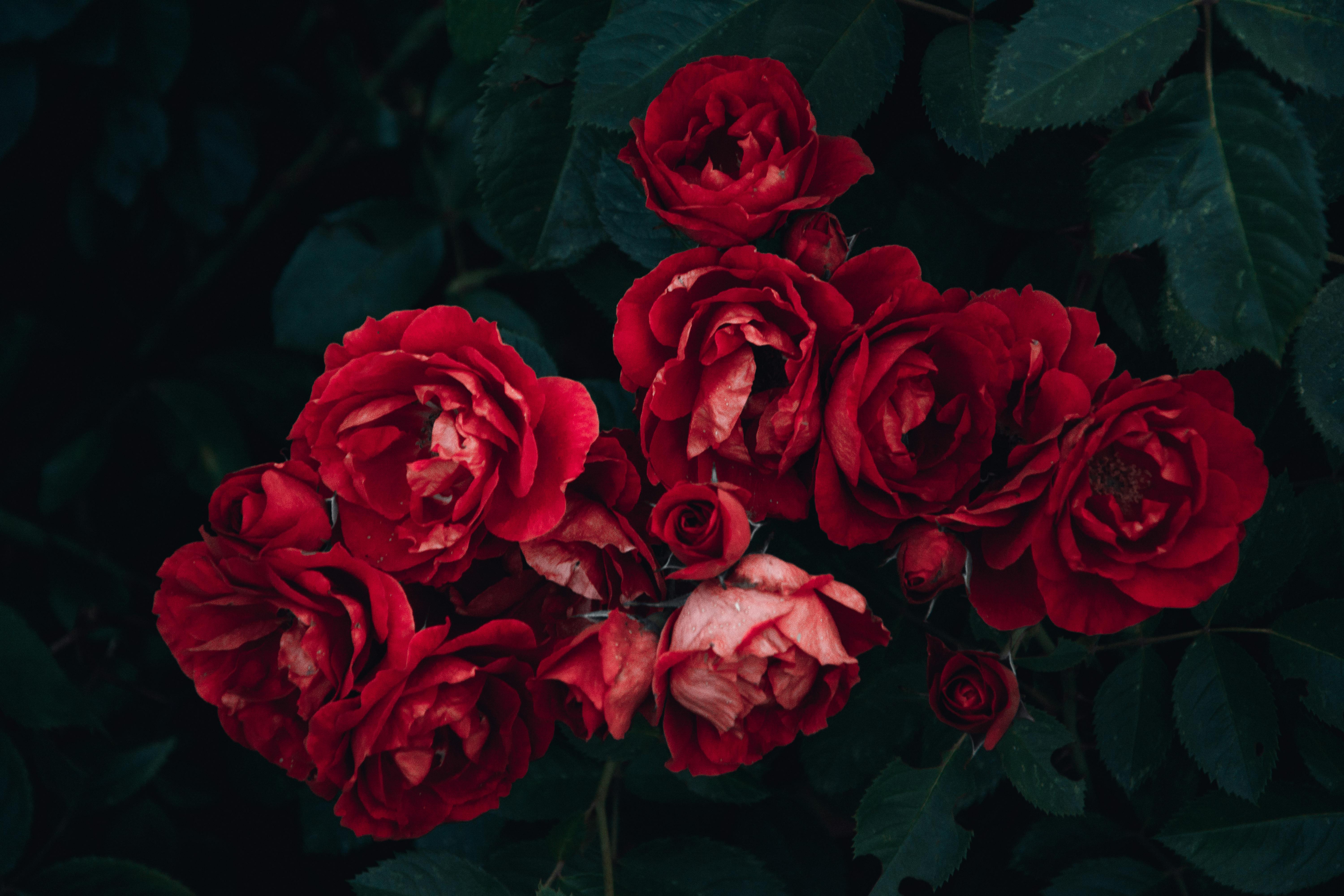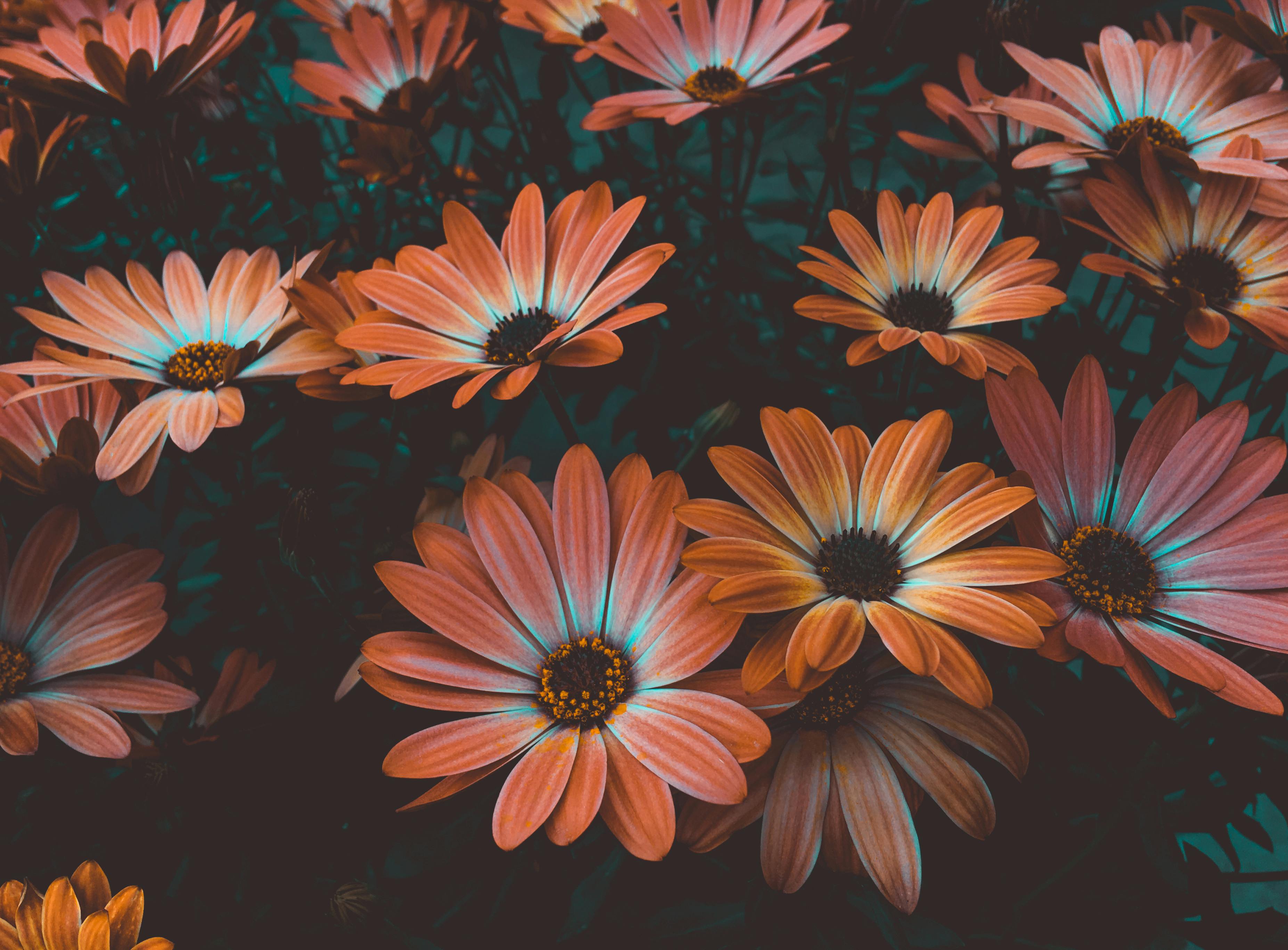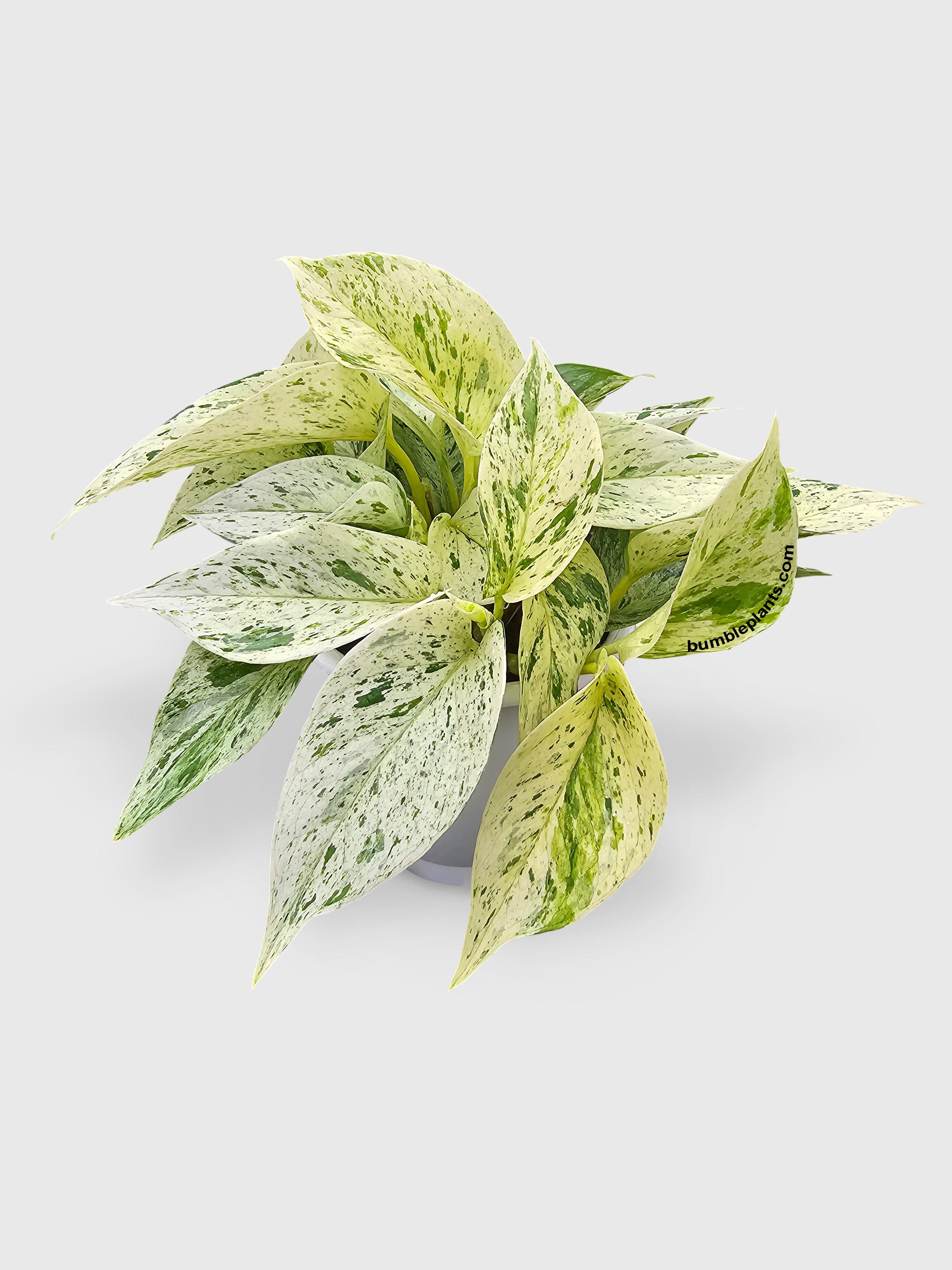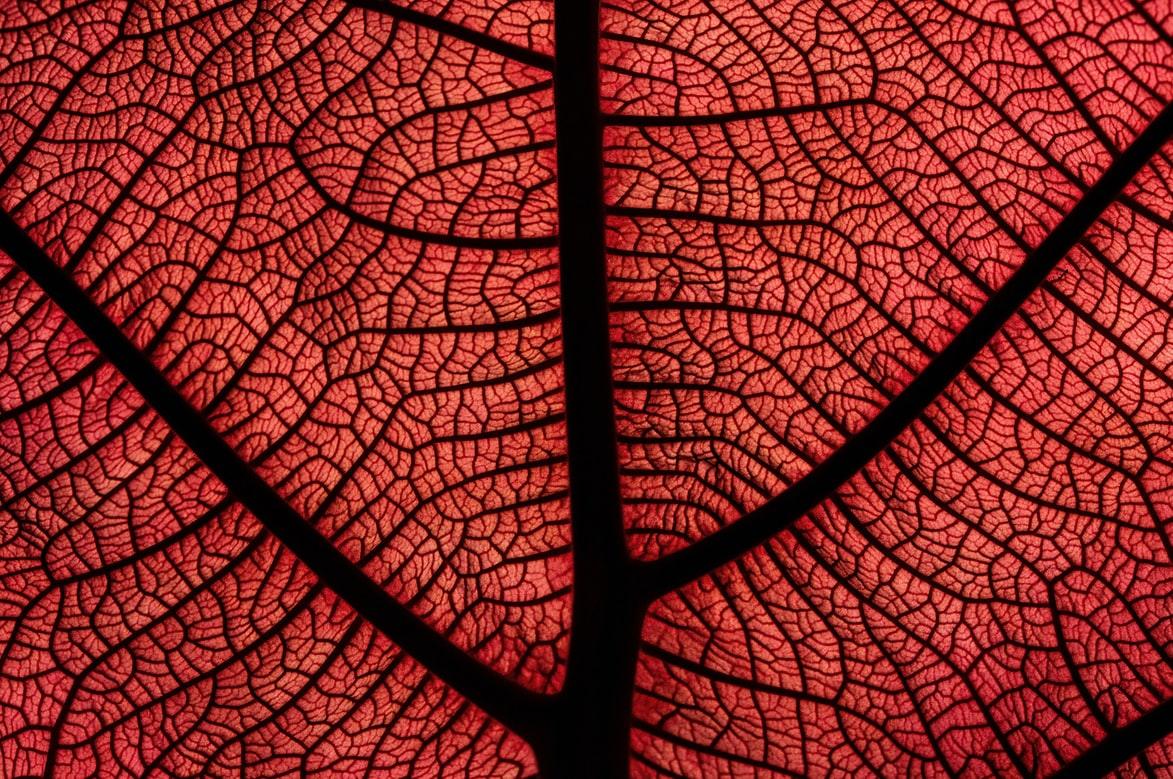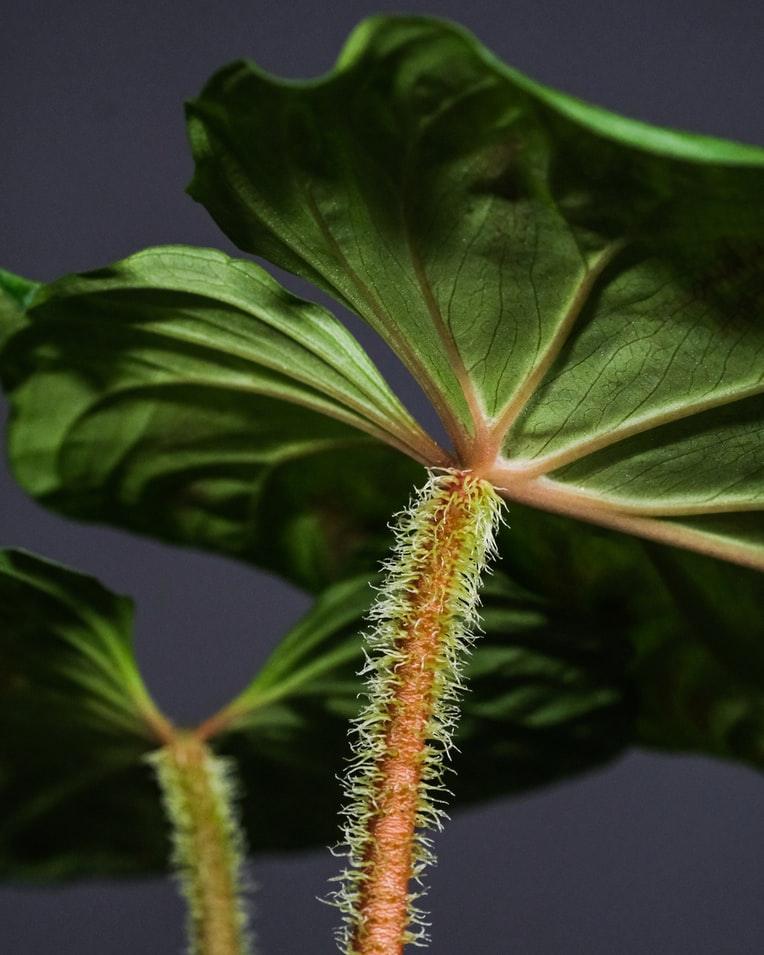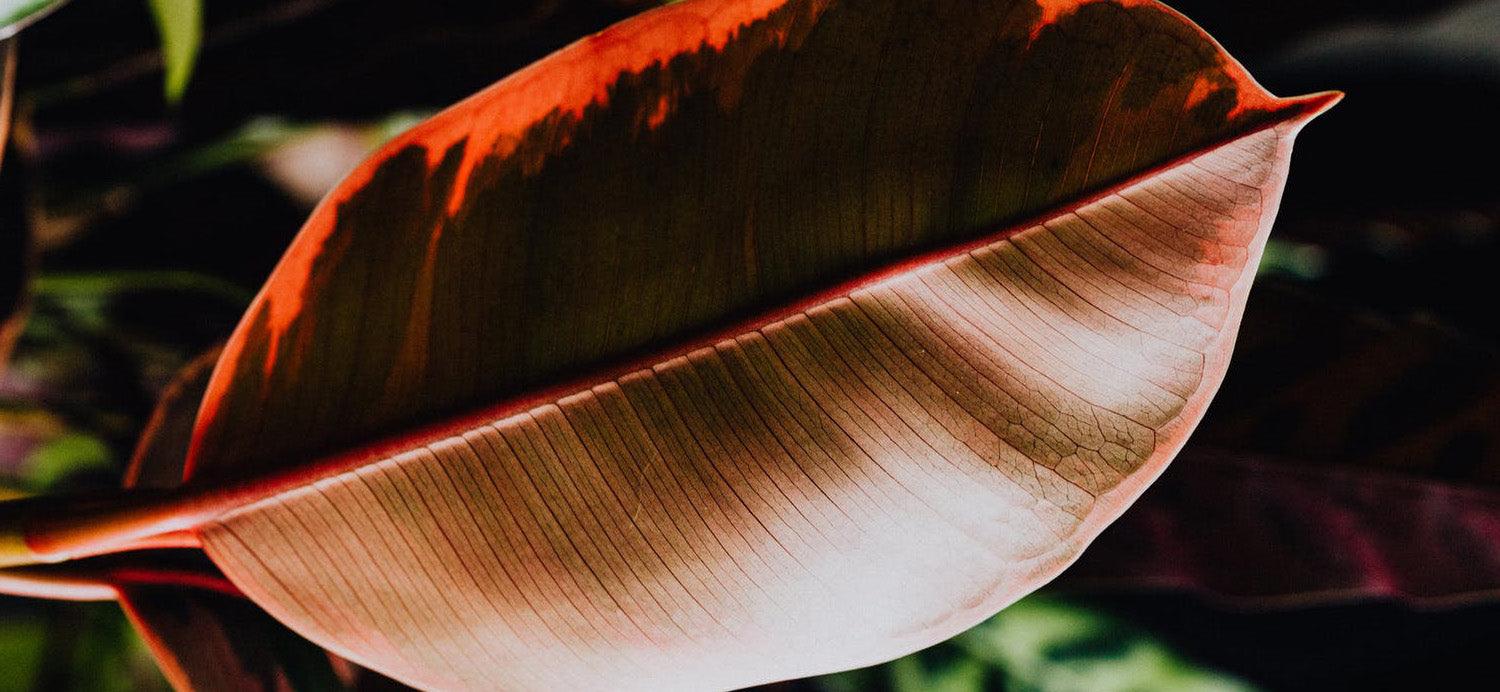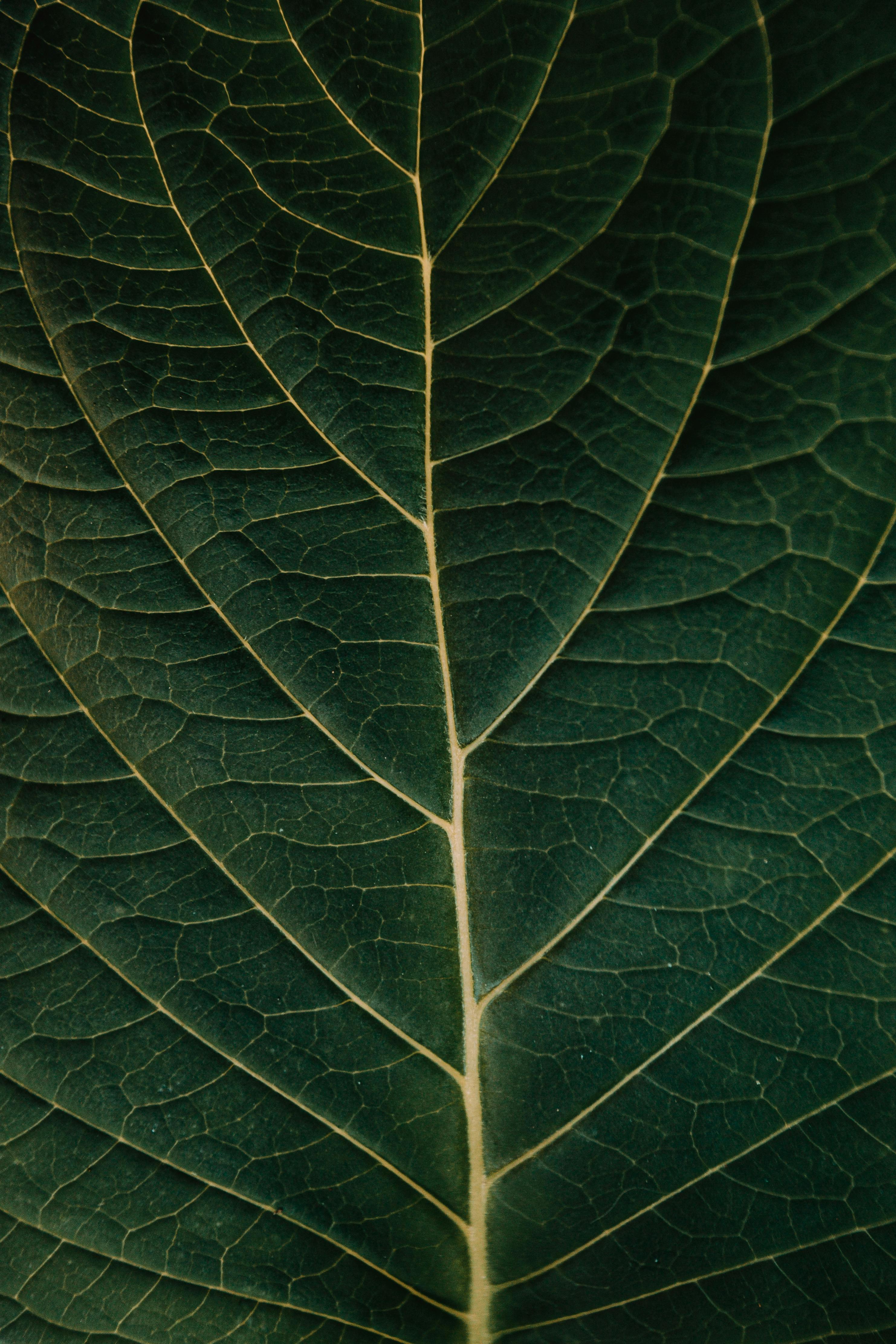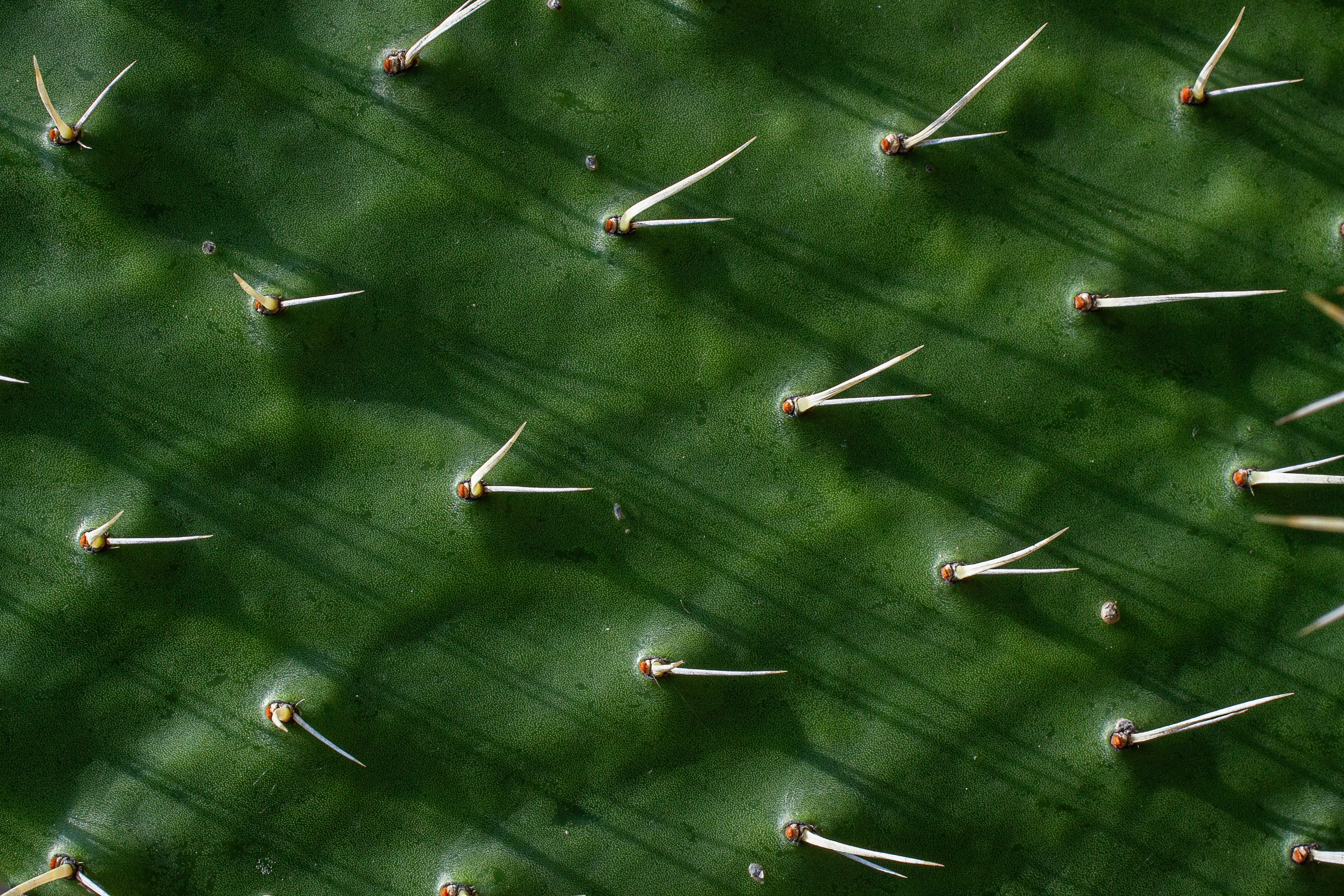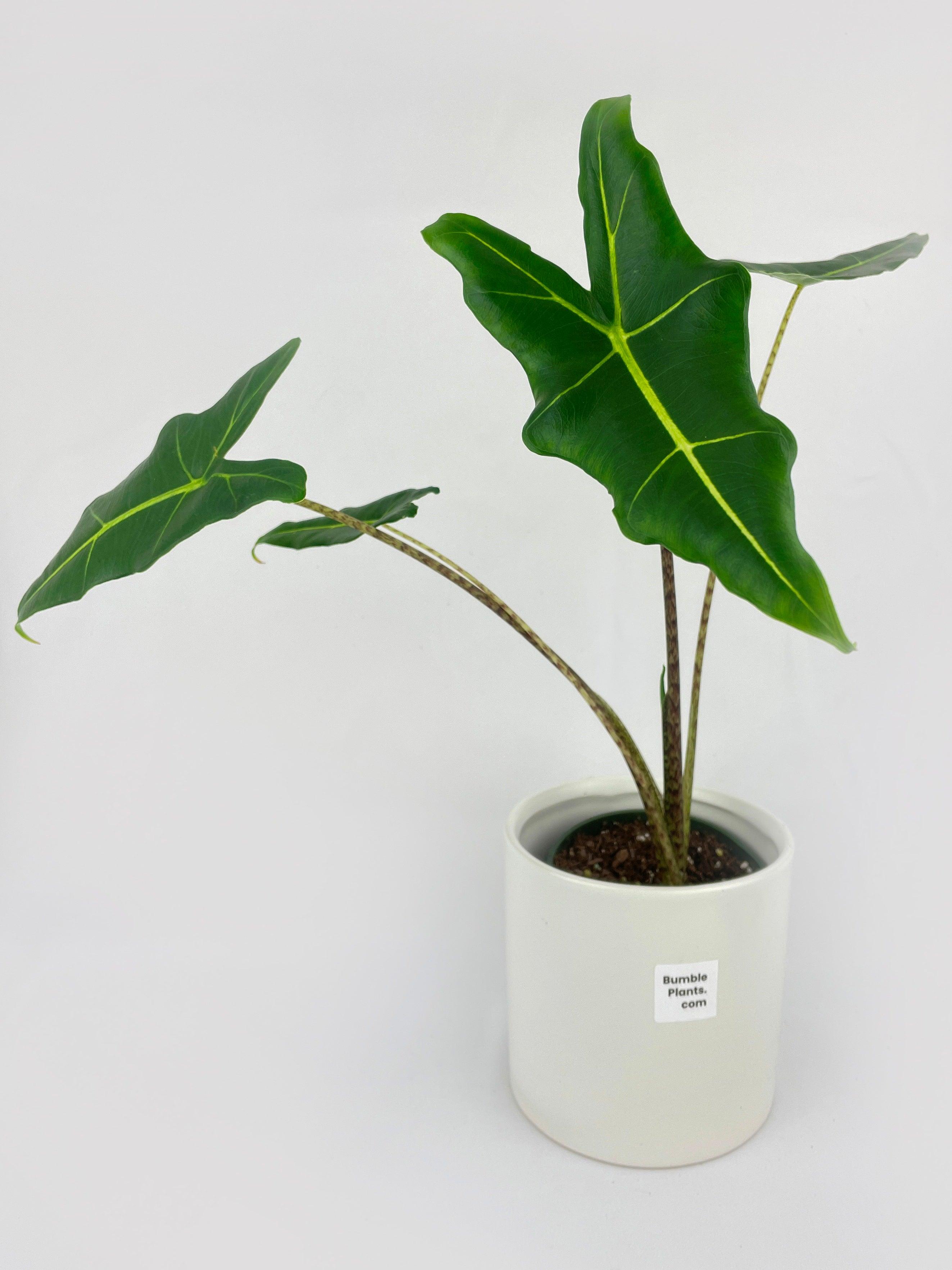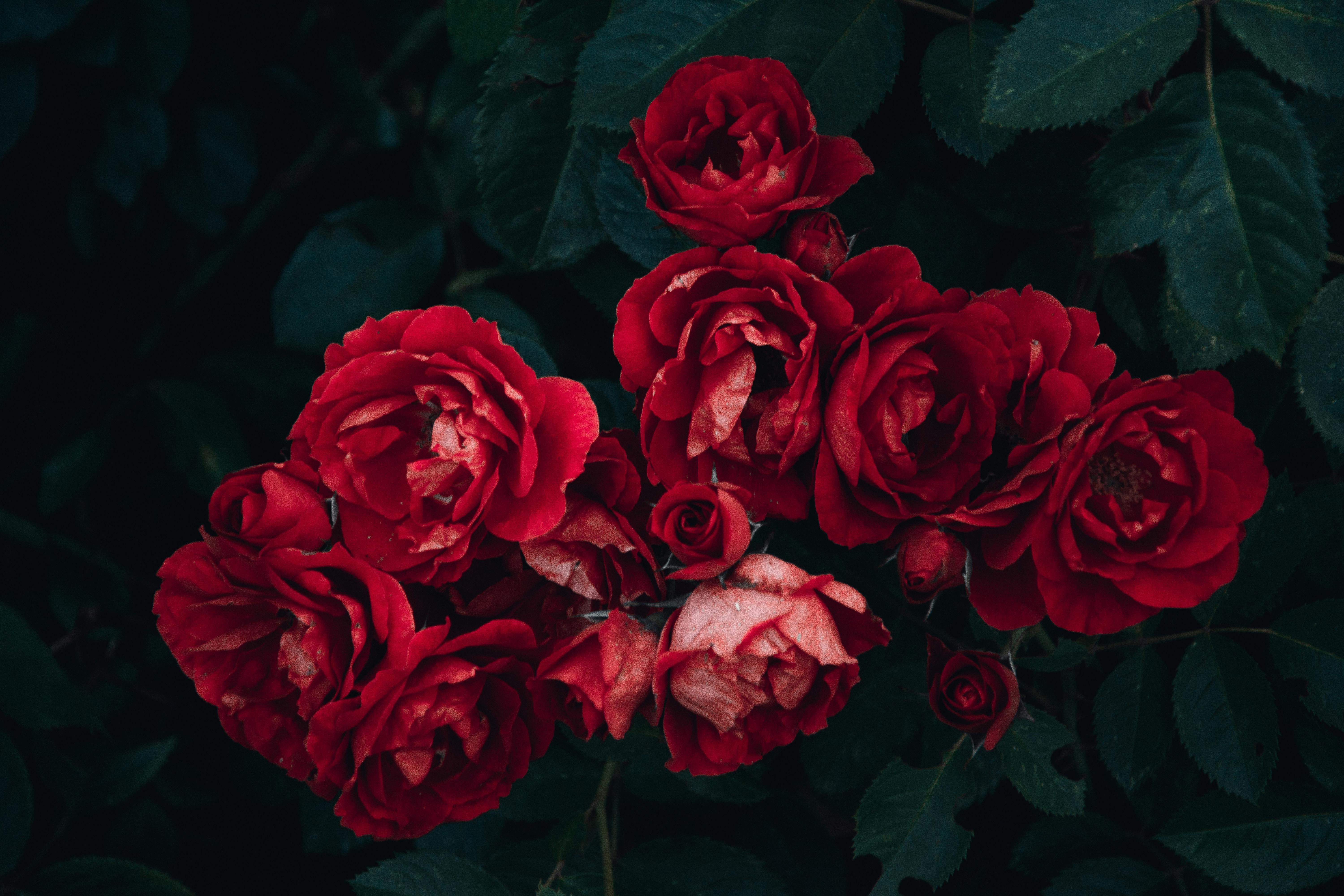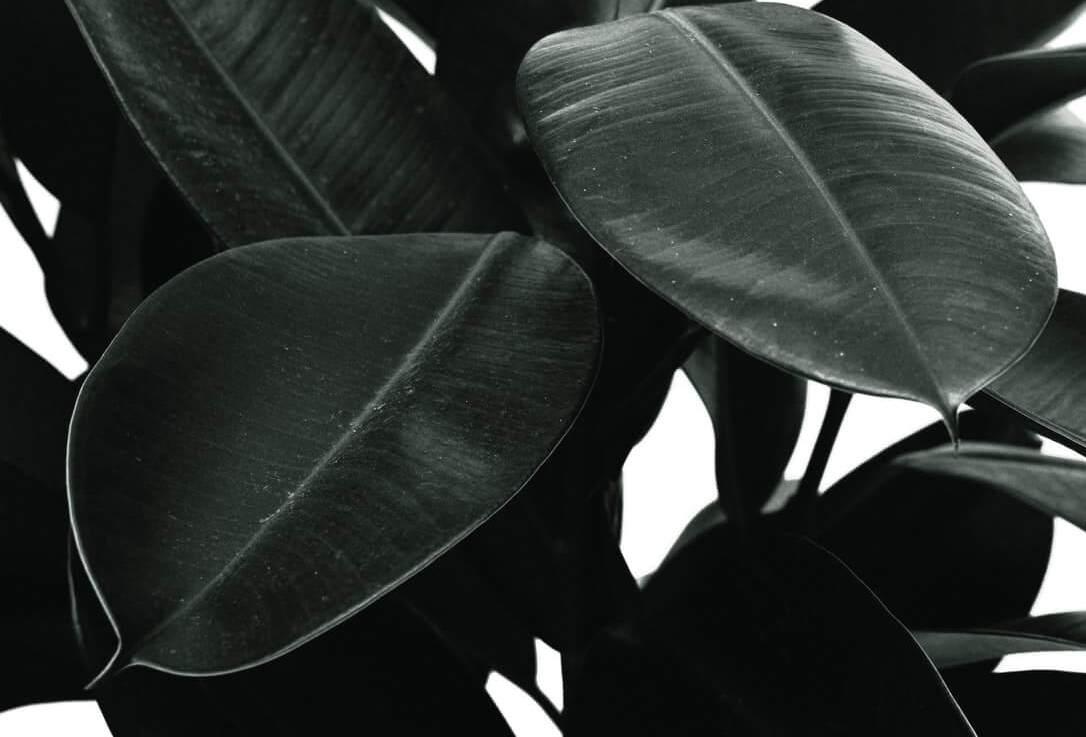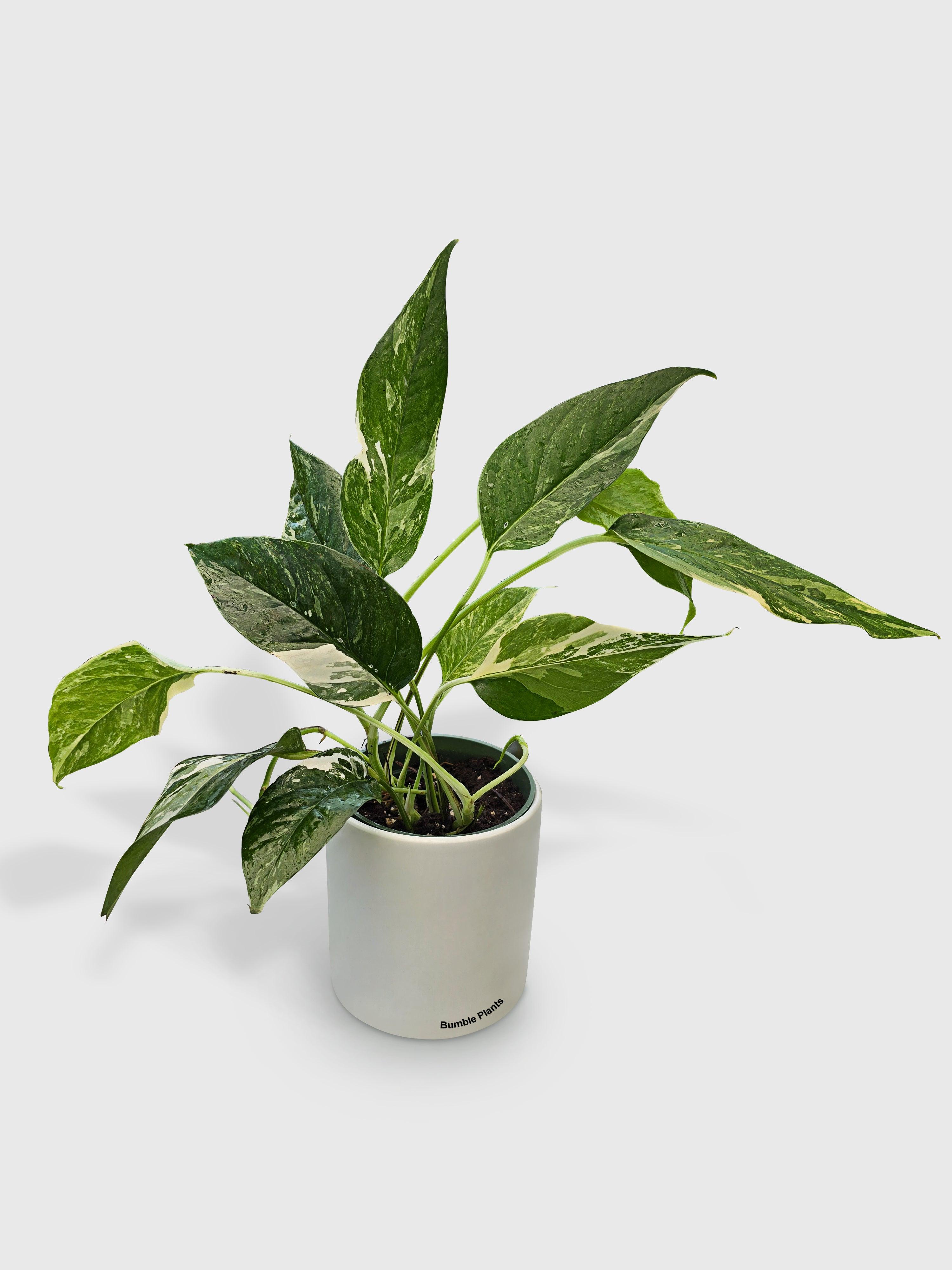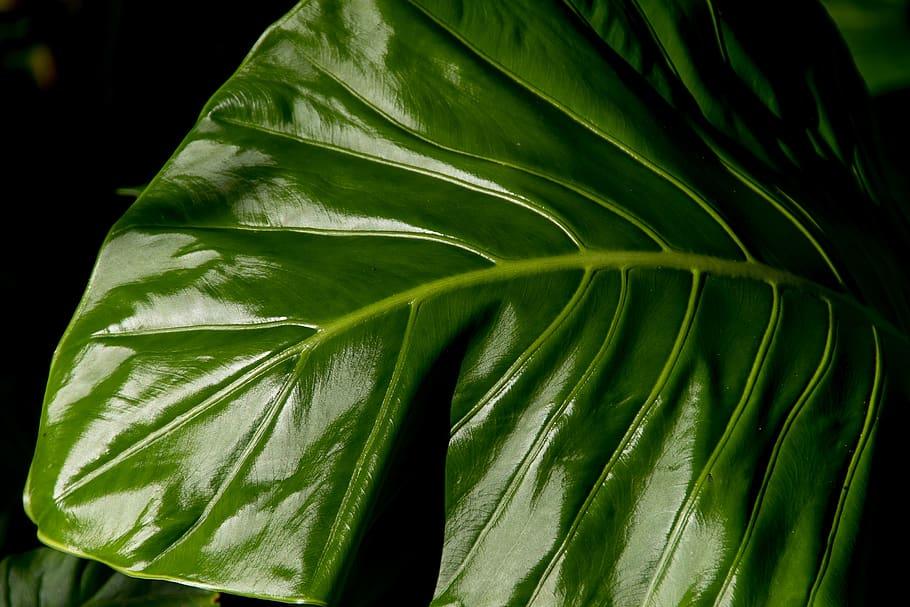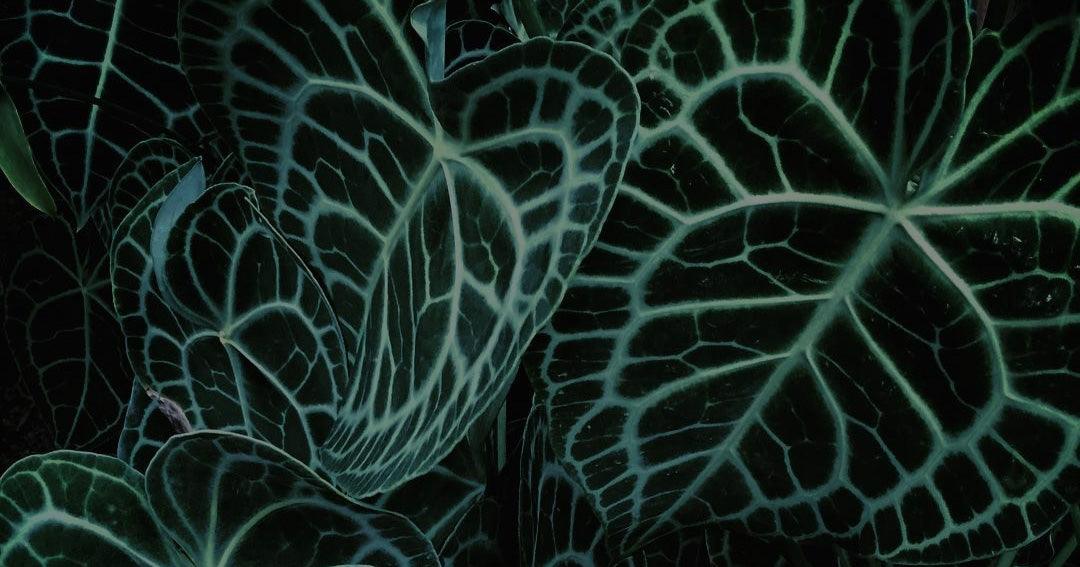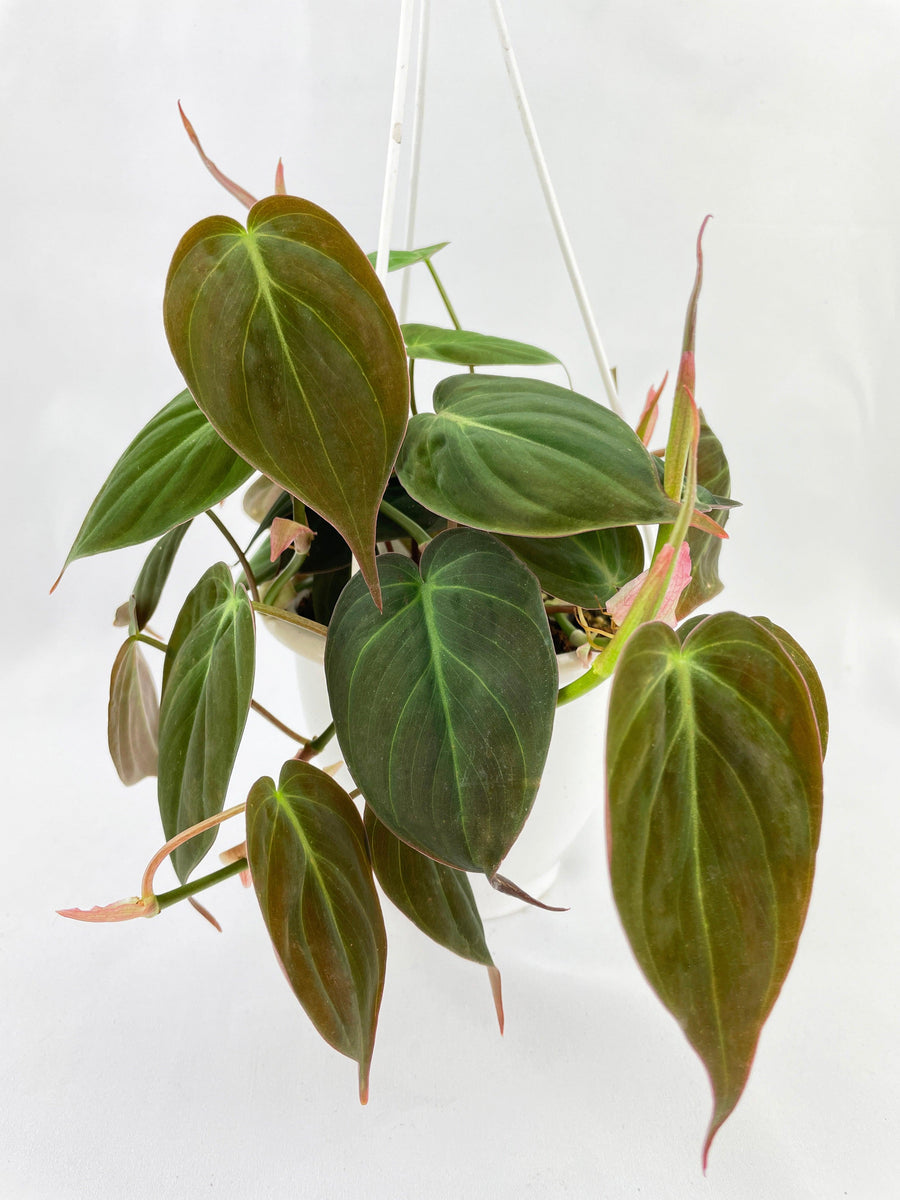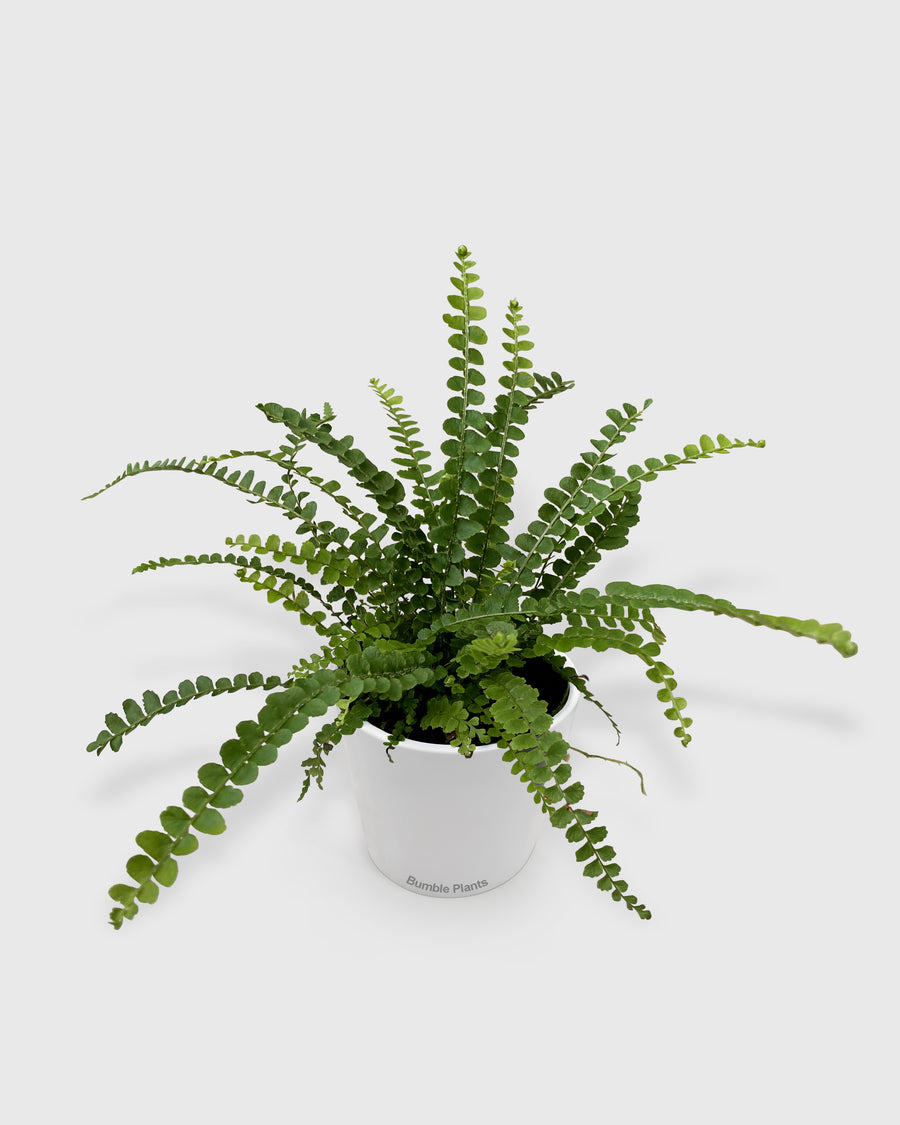Indoor vs. Outdoor Plant Care: Key Differences
Plant care is a rewarding journey that connects us with nature, and understanding the nuances of caring for plants, whether indoors or outdoors, is crucial. In this guide, we'll explore the key differences between indoor and outdoor plant care, shedding light on the unique requirements each setting demands. From the play of light and the dance of water to the foundation of soil and the embrace of temperature, we'll delve into the essential aspects of nurturing your green companions. So, whether you're a seasoned indoor gardener or a passionate outdoor landscaper, join us on this horticultural adventure as we uncover the secrets of cultivating thriving plant havens.
Light Conditions
Indoor Plants
Importance of Proper Lighting
Ensuring that your indoor plants receive adequate light is paramount to their well-being. Light is their energy source, driving the process of photosynthesis. Optimal lighting conditions contribute to robust growth, vibrant foliage, and even flowering for certain plants.
Artificial Lighting Options
Not all indoor spaces offer abundant natural light, but fret not. Various artificial lighting options, such as fluorescent and LED grow lights, can be tailored to meet the specific needs of your plants. These lighting alternatives are a boon for spaces with limited sunlight exposure.
Incorporating Natural Light
If your indoor space is blessed with natural light, leverage it wisely. Understand the light preferences of your plants—some thrive in bright, indirect light, while others may prefer a spot closer to a sunny window. Rotate your plants periodically to ensure all sides receive their fair share of natural sunlight.
Outdoor Plants
Sunlight Variability
Outdoor plants contend with the ever-changing intensity of sunlight. Understanding the variability in sunlight patterns throughout the day and across seasons is crucial. Some plants thrive in full sun, while others prefer partial or full shade. Observing your outdoor space's sunlight patterns helps in strategic plant placement.
Sun Exposure Considerations
Assess your outdoor area to identify zones with different sun exposures. This knowledge allows you to match plants with their ideal sunlight conditions. Sun-loving plants can bask in the bright spots, while shade-tolerant varieties find their home in areas with filtered or indirect sunlight.
Adapting to Seasonal Changes
Nature's seasons bring about shifts in sunlight duration and intensity. Outdoor plants must adapt to these changes. Be mindful of how the position of the sun evolves throughout the year and adjust your plant arrangements accordingly. Consider deciduous trees that shed leaves in winter, allowing more sunlight to reach other plants during the colder months.
Watering Practices
Indoor Plants
Controlled Watering Schedule
Establishing a consistent watering schedule is key to indoor plant care. Unlike outdoor plants that benefit from natural rainfall, indoor plants rely on you to provide a regulated watering routine. Be mindful not to overwater, as this can lead to root rot. Create a schedule that suits the specific needs of each plant in your indoor collection.
Monitoring Soil Moisture
Keep a close eye on the moisture levels in the soil. Before reaching for the watering can, perform a simple soil moisture test. Insert your finger into the soil up to an inch deep. If it feels dry, it's time to water. For moisture-loving plants, maintain slightly damp soil, while others may prefer a drier interval between watering.
Consideration for Plant Types
Different indoor plants have distinct water requirements. Cacti and succulents prefer infrequent but deep watering, while tropical plants may enjoy more consistent moisture. Understand the water preferences of each plant species in your indoor oasis, and tailor your watering approach accordingly.
Outdoor Plants
Impact of Climate on Watering
Outdoor plants are directly influenced by the climate of their surroundings. In hot and arid climates, plants may require more frequent watering to combat dehydration. Conversely, in cooler and humid regions, less frequent watering might suffice. Adjust your watering routine based on the prevailing climate conditions.
Rainfall Considerations
Nature often lends a helping hand through rainfall, but its consistency varies. During rainy seasons, scale back on supplemental watering to prevent waterlogged soil. In drier spells, be prepared to supplement with additional watering. Consider collecting rainwater for an eco-friendly irrigation solution during wetter periods.
Drought-Tolerant Landscaping
Embrace drought-tolerant landscaping techniques for outdoor plants. Select plant varieties that can withstand periods of water scarcity, reducing the need for frequent watering. Mulching around the base of plants helps retain soil moisture and suppress weeds, contributing to a more water-efficient garden.
Soil Composition
Indoor Plants
Potting Mixtures
Indoor plants thrive when provided with the right potting mix. Select a well-balanced and nutrient-rich mixture designed for indoor gardening. Consider the specific needs of your plants, whether they require quick-draining soil or a moisture-retaining blend. Quality potting mixtures provide a solid foundation for healthy indoor plant growth.
Importance of Drainage
Adequate drainage is a crucial element in indoor plant care. Choose containers with drainage holes to prevent water from accumulating at the bottom, leading to root rot. Elevate pots slightly or use saucers to allow excess water to escape. Ensuring proper drainage safeguards your indoor plants against water-related issues.
Choosing Appropriate Containers
The right container enhances the well-being of your indoor plants. Consider the size and material of the container based on the plant's size and water needs. Opt for breathable materials like terracotta or fabric to promote aeration. Container selection plays a vital role in creating a conducive environment for indoor plants to flourish.
Outdoor Plants
Native Soil Considerations
Outdoor plants often rely on the existing soil in your garden. Understand the composition of your native soil—whether it's sandy, loamy, or clayey. Choose plants that thrive in your soil type or amend the soil to suit the needs of specific plant varieties. Native soil considerations are fundamental to successful outdoor gardening.
Soil Amendments for Garden Beds
Enhance the fertility and structure of your garden soil through amendments. Organic matter, such as compost or well-rotted manure, enriches the soil with essential nutrients. Mix amendments into garden beds to improve water retention, drainage, and overall soil health. Regularly replenishing soil nutrients contributes to the long-term vitality of your outdoor plants.
Importance of Soil pH
Soil pH influences nutrient availability for outdoor plants. Test the pH of your garden soil and adjust it to the preferred range for your plants. Some plants thrive in acidic soils, while others prefer alkaline conditions. Maintaining the right pH level ensures that your outdoor plants can efficiently absorb essential nutrients from the soil.
Temperature Management
Indoor Plants
Temperature Preferences
Indoor plants, much like us, have temperature preferences. Be aware of the temperature range that suits each plant species in your indoor garden. Tropical plants may thrive in warmer conditions, while others, such as succulents, may prefer cooler environments. Understanding these preferences is essential for maintaining optimal indoor plant health.
Avoiding Drafts and Extreme Conditions
Shield your indoor plants from drafts and extreme temperature conditions. Sudden temperature fluctuations can stress plants and hinder their growth. Place plants away from doors, windows, or heating/cooling vents to prevent exposure to drafts. Maintain a consistent indoor temperature to create a stable and comfortable environment for your green companions.
Seasonal Adjustments
As seasons change, so do the temperature and light conditions indoors. Adjust your care routine accordingly. During colder months, consider relocating temperature-sensitive plants away from drafty windows. In warmer seasons, provide adequate ventilation to prevent indoor spaces from becoming excessively hot. Seasonal adjustments contribute to year-round plant well-being.
Outdoor Plants
Cold-Hardy Plants
Choose outdoor plants that can withstand colder temperatures prevalent in your region. Cold-hardy plants, such as certain evergreens and deciduous trees, can brave winter chill. Research and select plant varieties that align with your local climate, ensuring they are equipped to thrive even in chilly conditions.
Heat-Tolerant Varieties
In warmer climates, opt for heat-tolerant plant varieties that can endure high temperatures and intense sunlight. Drought-resistant plants, succulents, and native species are often well-suited for hot climates. These varieties not only survive but thrive in the heat, reducing the need for extensive maintenance.
Frost Protection Strategies
Safeguard your outdoor plants from potential frost damage during colder seasons. Cover susceptible plants with frost cloths or blankets on frosty nights. Mulching around the base of plants provides an additional layer of insulation. Being proactive in implementing frost protection strategies ensures the longevity and health of your outdoor greenery.
Dealing with Pests and Diseases
Indoor Plants
Common Indoor Pests
Indoor plants, though shielded from many outdoor challenges, can still face pest issues. Common indoor pests include spider mites, aphids, and mealybugs. Regularly inspect your plants for signs of infestation, such as discolored leaves or tiny webs. Early detection is key to effective pest management indoors.
Preventive Measures
Preventing pest problems is often easier than solving them. Ensure good plant hygiene by regularly removing dead leaves and debris. Quarantine new plants before introducing them to your indoor garden to avoid introducing pests. Maintain optimal watering and light conditions to keep your plants healthy and less susceptible to infestations.
Non-Toxic Pest Control
Embrace non-toxic pest control methods to safeguard your indoor plants and the environment. Neem oil, insecticidal soaps, and diatomaceous earth are effective yet gentle options. Introduce natural predators like ladybugs or predatory mites to keep pest populations in check. Non-toxic approaches ensure the health of your plants without compromising on safety.
Outdoor Plants
Outdoor Pests and Wildlife
Outdoor plants contend with a broader array of pests, including insects and wildlife. Aphids, caterpillars, and deer are common challenges. Regularly inspect outdoor plants for signs of pest damage, such as chewed leaves or distorted growth. Identifying the culprit helps tailor your pest management approach.
Natural Pest Predators
Nature provides its own pest control through beneficial insects. Encourage natural predators like ladybugs, lacewings, and predatory beetles in your outdoor space. These allies help keep pest populations in check, promoting a balanced and eco-friendly garden. Avoiding the use of harsh chemicals preserves the delicate ecosystem in your outdoor haven.
Disease-Resistant Plant Varieties
Choose outdoor plants known for their disease resistance. Research and select plant varieties that have built-in defenses against common diseases in your region. Disease-resistant plants are hardier and less prone to succumbing to fungal or bacterial infections, reducing the need for extensive intervention.
Air Quality Considerations
Indoor Plants
Plants as Air Purifiers
Indoor plants serve as natural air purifiers, absorbing pollutants and toxins from the air. Common indoor pollutants, such as formaldehyde and benzene, are effectively filtered by plants. Incorporate air-purifying plants like snake plants, spider plants, or peace lilies to enhance the air quality in your indoor spaces.
Oxygenation Benefits
Photosynthesis, the process by which plants convert carbon dioxide into oxygen, occurs during daylight hours. Indoor plants contribute to oxygen production, promoting a healthier indoor environment. Maximizing the number of plants in your indoor space ensures a steady supply of fresh oxygen and improved air circulation.
Improving Indoor Air Quality
Indoor air quality is a critical aspect of a healthy living environment. Beyond their air-purifying capabilities, indoor plants increase humidity levels, reducing the risk of respiratory issues. Regularly dusting plant leaves and ensuring proper ventilation further enhances the positive impact of indoor plants on air quality.
Outdoor Plants
Green Spaces and Air Quality
Outdoor plants play a vital role in creating green spaces that positively impact air quality. Trees and shrubs act as carbon sinks, absorbing carbon dioxide and releasing oxygen. Strategically planting trees in urban areas helps combat air pollution and provides shade, creating a more pleasant and healthier outdoor environment.
Planting for Environmental Impact
When planning your outdoor garden, consider the environmental impact of your plant choices. Native plants are well-adapted to the local ecosystem and contribute to biodiversity. They often require fewer resources and are more resilient to local pests and diseases, fostering a balanced and sustainable outdoor environment.
Combating Pollution Through Plants
Outdoor plants contribute to the fight against pollution. Planting along roadways and industrial areas helps mitigate the impact of pollutants by trapping particles and absorbing harmful gases. Certain plant species are particularly effective at removing pollutants like nitrogen dioxide and sulfur dioxide, making them valuable allies in combating air pollution.
Placement and Arrangement
Indoor Plants
Interior Design Integration
Introducing indoor plants into your living space is not just about greenery; it's an opportunity for interior design enhancement. Choose plants that complement your decor style, considering both color and form. From minimalist succulents to lush ferns, integrating indoor plants harmoniously with your interior design adds a touch of nature to your home.
Ideal Plant Placement
Each indoor plant has its own light and humidity preferences. Place plants strategically based on these needs. High-light plants near sunny windows, while low-light varieties thrive in shadier corners. Consider the microclimates within your home to ensure that each plant receives the right amount of light and maintains its health and vibrancy.
Grouping for Aesthetic Appeal
Elevate the visual impact of your indoor garden by grouping plants thoughtfully. Create clusters of varying heights and textures to add depth and interest. Grouping plants not only enhances aesthetic appeal but also creates microenvironments, benefiting plants with similar care requirements.
Outdoor Plants
Landscaping Principles
Outdoor plant placement follows fundamental landscaping principles. Consider the overall layout, focal points, and traffic flow in your outdoor space. Place taller plants at the back and shorter ones in the front to create a visually appealing layered effect. Thoughtful landscaping enhances the overall aesthetics of your outdoor environment.
Consideration for Growth Patterns
Understanding the growth patterns of outdoor plants is crucial for their long-term success. Plant taller species where they won't overshadow smaller plants as they mature. Pay attention to the spreading habits of certain plants to prevent overcrowding. By considering growth patterns, you create a harmonious and well-balanced outdoor landscape.
Creating Visual Harmony in the Garden
Achieving visual harmony in your garden involves a thoughtful arrangement of plants. Choose a cohesive color palette and mix textures to add interest. Create focal points with specimen plants or decorative features. Balance the arrangement by distributing plants evenly and considering the overall aesthetics when viewed from various angles.
Container Selection
Indoor Plants
Matching Containers to Plant Size
Selecting the right-sized container is crucial for indoor plant health. The container should provide ample space for root development without being excessively large. Small pots work well for compact plants, while larger containers accommodate plants with more extensive root systems. Proper sizing ensures a balanced and healthy growth environment.
Drainage Considerations
Good drainage is essential for indoor plant containers. Choose pots with drainage holes to prevent water from stagnating at the bottom, which can lead to root rot. Elevate pots on pot feet or use saucers to allow excess water to escape. Adequate drainage supports aeration and prevents waterlogged soil, promoting optimal plant health.
Stylish Indoor Plant Containers
Elevate your indoor plant aesthetic by selecting stylish containers that complement your decor. From classic terracotta pots to modern ceramic planters, the options are diverse. Consider the material, color, and design to enhance the overall visual appeal of your indoor plants. Stylish containers add a touch of personality to your indoor oasis.
Outdoor Plants
Choosing Outdoor Planters
Outdoor planters serve both functional and decorative purposes. Consider the size and style of your outdoor space when choosing planters. Large planters can act as statement pieces, while smaller ones are suitable for accentuating specific areas. Opt for planters that complement the overall design and theme of your outdoor landscape.
Material and Durability Factors
Outdoor planters are exposed to the elements, so choose materials that withstand weather conditions. Options like concrete, fiberglass, or metal are durable and resistant to fading or cracking. Ensure that the chosen material aligns with the aesthetic of your garden and provides long-lasting support for your outdoor plants.
Container Gardening Tips
Container gardening offers flexibility and creativity in outdoor spaces. Mix and match plants with different growth habits and colors to create dynamic combinations. Consider the sunlight and wind exposure in your outdoor area when placing containers. Regularly inspect and maintain outdoor planters to ensure they remain in optimal condition for your plants.
Propagation Techniques
Indoor Plants
Propagating Houseplants
Expand your indoor plant collection by learning the art of propagating houseplants. Many common houseplants can be easily propagated through methods such as stem cuttings, leaf cuttings, or division. Propagation allows you to create new plants from existing ones, promoting sustainability and the joy of nurturing new growth.
Importance of Propagation
Propagation is not just about increasing the number of plants; it's a valuable practice for rejuvenating and maintaining the health of your indoor greenery. It allows you to refresh aging plants, replace leggy growth, and share the beauty of your favorite houseplants with friends and family.
DIY Indoor Plant Propagation
Dive into the world of DIY indoor plant propagation by exploring various techniques. Whether it's rooting cuttings in water, using rooting hormone, or dividing a mature plant into smaller sections, there are methods suitable for every indoor plant species. DIY propagation adds an exciting and rewarding dimension to your indoor gardening journey.
Outdoor Plants
Propagation in Garden Settings
Extend the beauty of your outdoor garden by mastering propagation techniques. Many outdoor plants can be propagated through seeds, cuttings, or division. Propagation in garden settings allows you to fill gaps in your landscape, share plants with neighbors, or create a more lush and vibrant garden over time.
Natural Propagation Methods
Nature has its own propagation methods, and mimicking these processes can be highly effective. Allow certain plants to self-seed, creating a natural and harmonious garden. Take advantage of runners, offsets, or suckers produced by specific plant varieties. Understanding natural propagation methods enhances your ability to work with the innate reproductive mechanisms of outdoor plants.
Expanding Outdoor Plant Collections
Propagation opens the door to expanding your outdoor plant collections without significant cost. By propagating your favorite plants, you can create multiples for different areas of your garden or experiment with new arrangements. It's a sustainable and budget-friendly way to curate a diverse and thriving outdoor plant haven.
Non-Toxic Approaches
Indoor Plants
Pet-Safe Plants
When cultivating indoor greenery, consider plants that are safe for pets. Some common houseplants, such as spider plants, Boston ferns, or air plants, are non-toxic to cats and dogs. Prioritize the well-being of your furry companions by choosing indoor plants that pose no harm if nibbled or explored.
Child-Friendly Plant Options
Create a safe environment for children by selecting indoor plants that are non-toxic. Child-friendly options include sturdy and non-irritating plants like rubber plants or palms. Educate children about the importance of not ingesting plant parts and encourage a hands-on, but cautious, interaction with the indoor greenery.
Avoiding Harmful Chemicals
Embrace a chemical-free approach to indoor plant care. Avoid using harmful chemicals such as pesticides or synthetic fertilizers that may pose risks to pets and children. Opt for natural alternatives like neem oil for pest control and organic fertilizers to nourish your plants without introducing harmful substances into your indoor space.
Outdoor Plants
Safe Plant Selection for Gardens
Curate a safe outdoor environment by selecting plants that are non-toxic to both humans and animals. Research the toxicity levels of plants before adding them to your garden. Incorporate beautiful yet non-toxic options like sunflowers, marigolds, or lavender to ensure a safe and enjoyable outdoor space.
Pet-Friendly Landscaping
Design your outdoor landscape with your pets in mind. Choose plants that are safe for curious pets to be around. Consider creating designated pet-friendly zones with durable and non-toxic plants. This not only ensures the safety of your furry friends but also adds an extra layer of enjoyment for both pets and their human companions.
Organic Gardening Practices
Embrace organic gardening practices to maintain a healthy and non-toxic outdoor environment. Avoid chemical pesticides and herbicides in favor of natural alternatives. Implement composting to enrich the soil, and use organic fertilizers to nourish your outdoor plants. Organic gardening practices contribute to a sustainable and toxin-free outdoor oasis.
Seasonal Care Guidelines
Indoor Plants
Adjusting Care for Seasons
Recognize that indoor plants have unique needs that change with the seasons. Adjust your care routine accordingly by considering factors such as temperature, daylight duration, and humidity levels. Be mindful of the specific requirements of each plant species, ensuring they receive the care necessary for thriving in different seasons.
Winter Indoor Plant Care
Winter brings cooler temperatures and lower light levels, affecting indoor plants. Place heat-sensitive plants away from drafts and cold windows. Adjust watering frequency as plants typically require less during winter. Consider supplementing with artificial light to compensate for reduced sunlight exposure. Winter care ensures that indoor plants withstand the challenges of the colder months.
Summer Indoor Plant Care
As summer brings longer days and increased warmth, adapt your care routine to meet the growing needs of indoor plants. Ensure adequate hydration, as higher temperatures may lead to faster soil drying. Rotate plants regularly to promote even growth, and consider moving light-loving plants closer to sunny windows. Summer care fosters vigorous growth and flourishing foliage indoors.
Outdoor Plants
Seasonal Landscaping Tasks
Outdoor plants require seasonal attention to maintain a healthy and vibrant garden. Perform tasks such as pruning, weeding, and mulching as needed. Plan seasonal landscaping projects, such as adding new plants or refreshing garden beds. Regularly assess the overall condition of your outdoor space and address any issues that arise.
Fall and Winter Garden Preparation
Prepare your garden for the cooler months by focusing on fall and winter tasks. Trim back perennials, clean up fallen leaves, and protect tender plants from frost. Consider planting fall and winter-blooming varieties to add color to your garden during the colder seasons. Adequate preparation ensures the resilience of your outdoor plants during winter.
Spring and Summer Outdoor Plant Care
Welcome the arrival of spring by rejuvenating your outdoor garden. Begin with soil preparation, adding compost and addressing nutrient deficiencies. Prune and shape plants as needed, removing any winter damage. In summer, stay vigilant against pests and diseases, and ensure proper watering to support the vigorous growth of your outdoor plants.
Specialized Plant Care
Hydroponics
Indoor Hydroponic Systems
Delve into the world of indoor hydroponic systems, where plants grow without soil, nourished by nutrient-rich water solutions. Explore various hydroponic setups such as nutrient film technique (NFT), deep water culture (DWC), or aeroponics. Understanding the mechanics of each system allows you to tailor your indoor hydroponic garden to the specific needs of your chosen plants.
Benefits of Hydroponic Gardening
Hydroponic gardening offers unique advantages, including faster plant growth, water efficiency, and precise nutrient control. Eliminating soil-borne diseases, hydroponics provides a cleaner environment for plant roots. Embrace the potential for year-round cultivation and experiment with a diverse range of plants, from herbs to vegetables, within your indoor hydroponic setup.
Choosing Plants for Hydroponics
Selecting the right plants for hydroponic cultivation is crucial for success. Herbs like basil and mint, leafy greens such as lettuce and spinach, and compact fruiting plants like tomatoes thrive in hydroponic systems. Consider the space, lighting, and nutrient requirements of each plant as you curate a specialized and high-yielding hydroponic garden indoors.
Bonsai and Terrariums
Art of Bonsai Care
Bonsai cultivation is an art form that involves training and pruning miniature trees to create stunning, compact representations of nature. Learn the principles of bonsai care, including proper pruning techniques, soil composition, and container selection. Appreciate the meditative aspect of tending to these miniature masterpieces and create a serene bonsai oasis.
Creating and Maintaining Terrariums
Terrariums offer a captivating way to showcase small ecosystems within glass containers. Understand the basics of creating and maintaining terrariums, including layering substrates, selecting suitable plants, and managing moisture levels. Embrace the creativity of building lush miniature landscapes that bring the beauty of nature into your living space.
Unique Considerations for Miniature Gardens
Miniature gardens, whether in bonsai or terrariums, require special considerations. Pay attention to the scale of plants and accessories, ensuring a harmonious visual balance. Understand the specific needs of the plants in these small ecosystems, including light and humidity requirements. The artistry lies in crafting and maintaining these miniature gardens with precision and care.
To Wrap it Up
In wrapping up, let's remember the crucial differences in caring for plants indoors and outdoors. Each setting has distinct needs, from lighting to watering, and recognizing these distinctions is key for plant well-being.
Take a holistic approach to plant care. It's not just about water and light; consider the aesthetics of where you place them, opt for non-toxic methods, and adapt care with the seasons. This comprehensive care ensures plants don't just survive but truly thrive.
Lastly, be empowered by knowledge. Whether it's specialized care like hydroponics or everyday choices such as selecting pet-safe plants, informed decisions lead to healthier and happier green companions.


